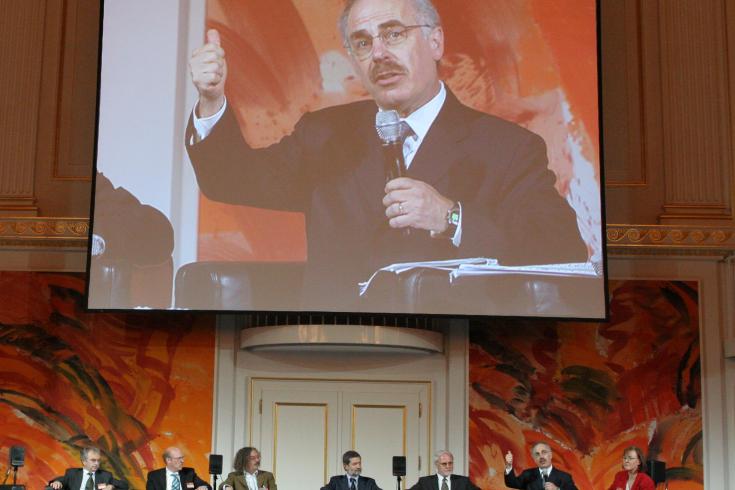Experts sure about nature of the DPRK event

Click for more on the ISS Project
“Nuclear bluff” scenario dismissed
The ISS Conference from 10 to 12 June 2009 took place at the famous Hofburg in the heart of Vienna.
“To actually blow up a few million kilograms equivalent of conventional high explosives is not a trivial matter by any means.”
Accidental containment?

Prof. Raymund Jeanloz
"If only one thousandth of the noble gas is vented, we will see it."
Only an on-site inspection could bring clarity
Much higher chances of finding noble gases on-site
Argon sampling during the on-site inspection exercise.
12 Jun 2009
